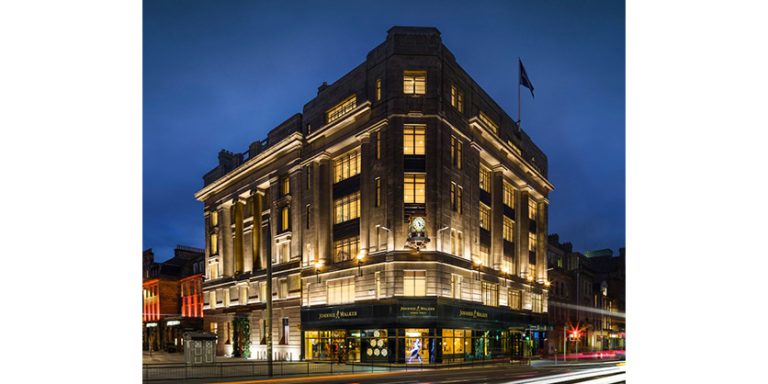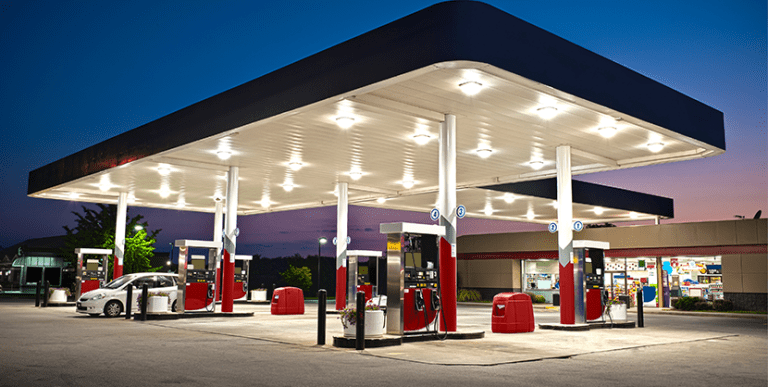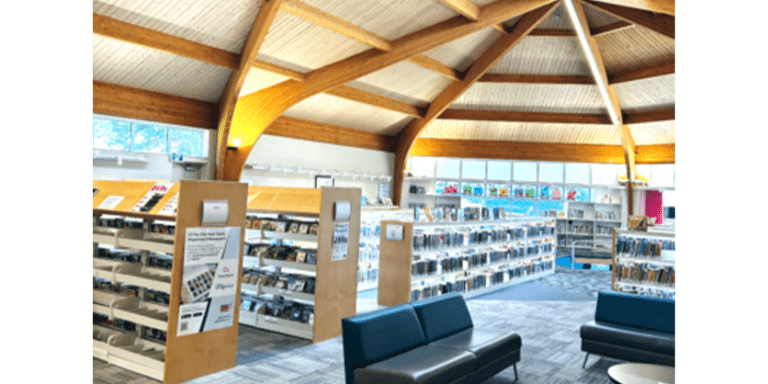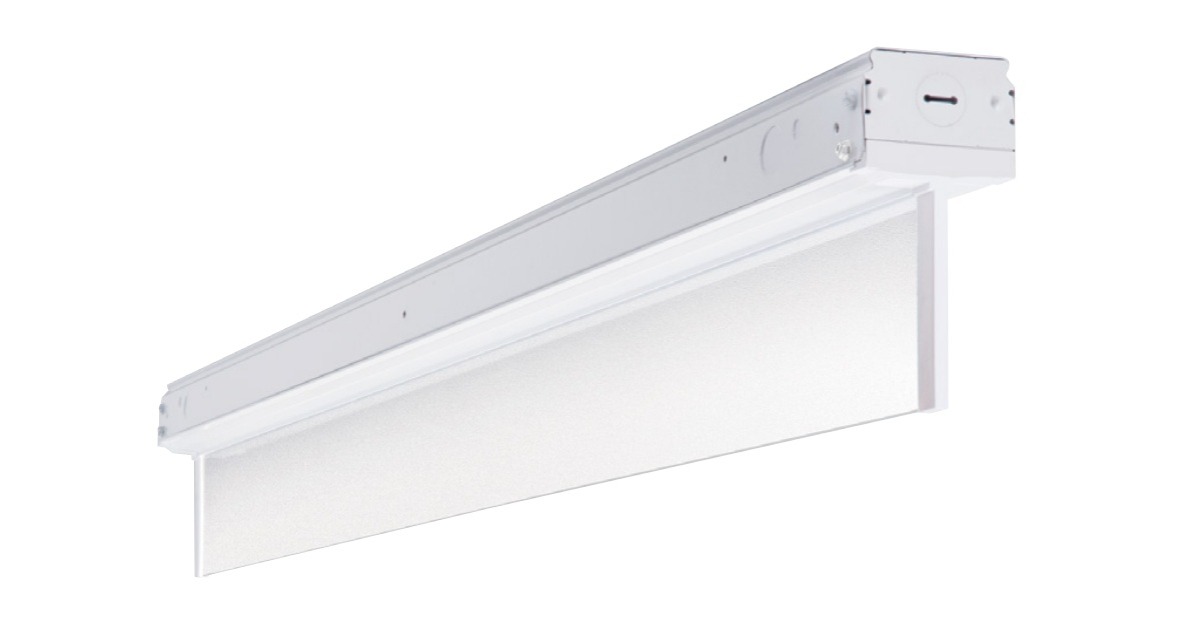Why Mesh Network Is More Sustainable Than Cellular Network for Managing Your Smart Lighting System?
Jostran Lamontagne

December 4, 2023
Faced with an increasingly aging and energy-consuming street lighting network, cities must convert their street lighting network to light-emitting diode (LED) technology. They have also realized that by opting for a smart lighting management and control system, not only can they optimize their public lighting management but also reduce their operating and maintenance costs.
While most of these systems operate in a similar fashion, there is more than one network architecture that can connect fixtures to a control management platform. The mesh network and the cellular network are the two most popular and successful architectures for street lighting management.
Some street lighting solution providers, such as Signify or Ubicquia, use only cellular technology. Unlike them, Dimonoff prioritizes a smart lighting control solution using a mesh network. This technology is also being used in three of the six largest street lighting projects worldwide.
While both technologies offer all the necessary capabilities for street lighting to function properly, the mesh network is the more sustainable option. Why is this so? Two main arguments: technological obsolescence and telecommunications expenses. Let’s get to the bottom of both.
Network Future Readiness Is the Key

To think outside the box, you need to be aware of the future readiness that your chosen technology can provide to your city. In the case of cellular networks, their constant evolution leads to technological obsolescence and a host of concerns from businesses, governments and cities that have deployed older network-based devices. With each technological leap, customers are expected to invest in the latest technology, even if they don’t need it.
For now, 2G and 3G networks will no longer be supported and 4G LTE networks will certainly be replaced in the next few years. As for 5G, it seems like these networks are not delivering on all their promises. There are still several coverage issues in North America and the speeds offered by 5G are often slower than the available 4G connection.
In contrast, the mesh network is much more stable and has major advantages over other types of network topology. Moreover, it does not need constant upgrades to improve its performance. It does, however, allow for any upgrades to add additional features.
Planning Saves Real Money
For cities that use smart lighting systems equipped with cellular networks, this means one thing: additional costs. First, cellular networks use licensed frequencies owned by mobile network operators (MNOs) that charge data fees for each streetlight. These annual fees are particularly high (hundreds of thousands of dollars in many cases) and can fluctuate over time as cities are not owners of their networks.
It is also important to understand that the programmed end-of-life of each cellular communication network is astronomically expensive. If a city’s streetlights use 4G-capable lighting controllers, all equipment will need to be planned for replacement before 4G is no longer supported. The same will happen with the following networks whose lifespan will not exceed 5 to 8 years. For the life of a fixture, this represents 3 cellular-based control systems, which is not the case when opting for a mesh network.
Secondly, as we saw in the previous point, periodic changes in standards are a potential drawback for cellular networks. The costs required for cities to adapt their equipment to take advantage of new capabilities can be significant. Not to mention all the installation, training and other additional costs added to the final bill to maintain service. The bottom line is that cities would only be paying to access the technology, not to take full advantage of it. In addition, lighting management requires very little data and therefore does not require the use of a cellular network.
However, because there is no need to pay data charges for each streetlight in a mesh network, the operating costs of this technology are much lower than a cellular network. The mesh network uses very little bandwidth to transmit data from the streetlights to the central asset management platform. As a result, the technology used to communicate is very stable, allowing for real-time data transfer and future upgrades to support additional functionality. This also significantly reduces the total cost of asset management.
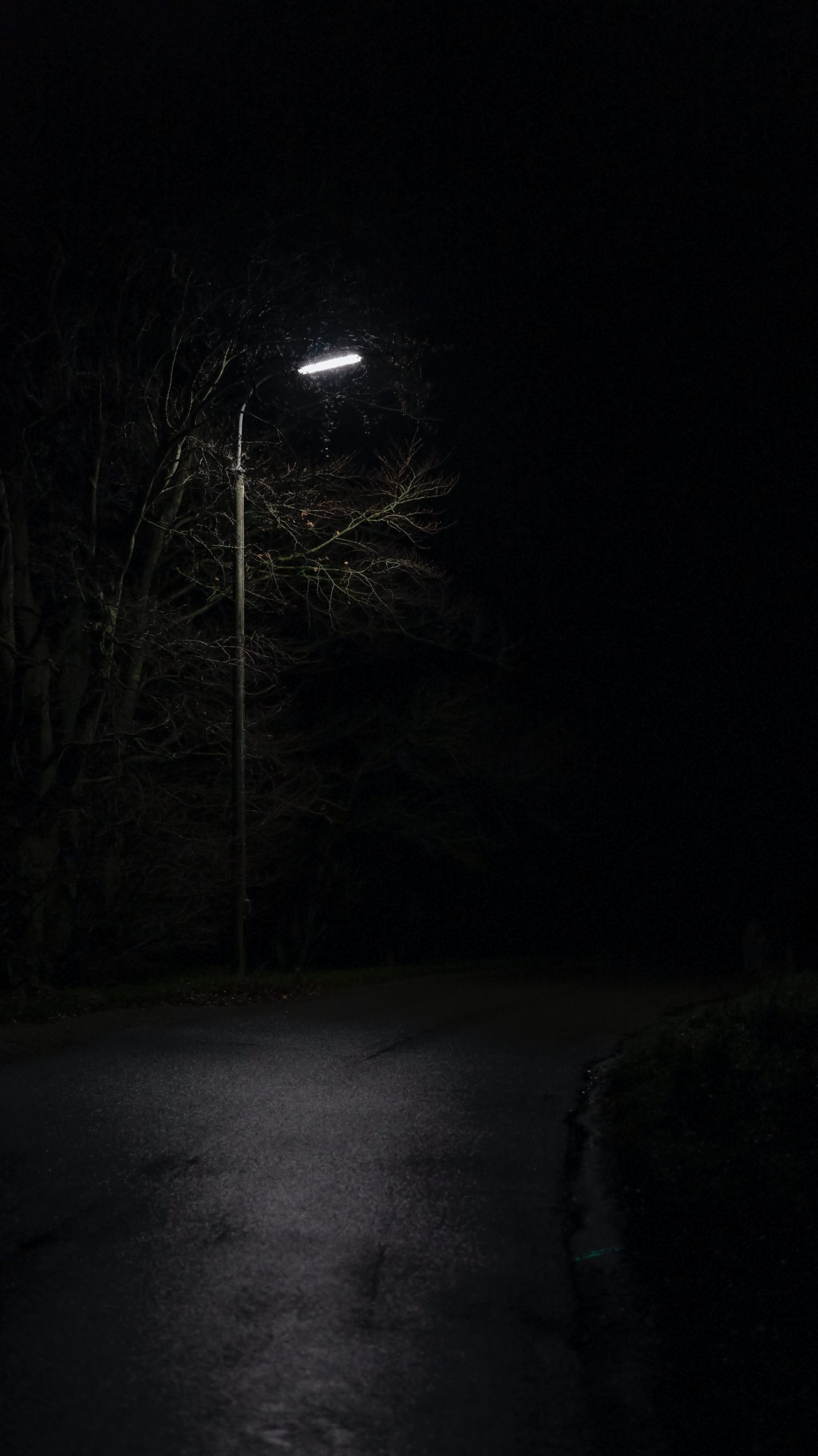
The Internet of Things technologies at the service of sustainable development in cities
Of course, it is connectivity that makes street lighting truly smart. Connected streetlights have the ability to receive data from a central management system (CMS) and transmit it back to it. For city managers or officials, this represents a wide range of lighting control benefits, including to:
- Remotely configure, control, monitor and measure all lighting sources
- Create dimming programs: up to 60% energy savings and reduced CO2 emissions
- Get automated, real-time reports on energy consumption
- Optimize control and monitoring for maintenance operations: up to 55% savings in annual maintenance costs
It is also possible to integrate a multitude of IoT sensors into the mesh network without any communication costs. Some include environmental sensors, air quality, noise level, water level in streams, wells or sewers, snow level on roofs, motion and temperature sensors, etc.
Sustainable Mesh Smart Street Lighting System Over Cellular
In conclusion, it is worth saying that choosing a mesh network means opting for a much more sustainable option when selecting a smart lighting management system. These networks are less subject to changes in standards or technologies than cellular networks and they require less operational costs. Mesh networks should definitely be considered the best option for a reliable, scalable and future-proof technology used for large-scale smart street lighting projects.

AUTHOR: JOSTRAN LAMONTAGNE
Vice President Sales & Marketing
More information available here


